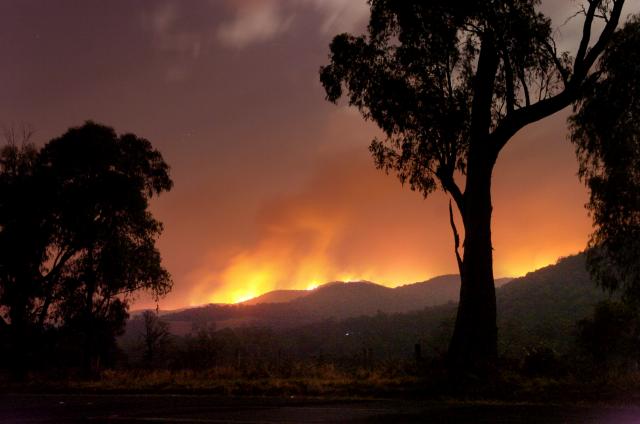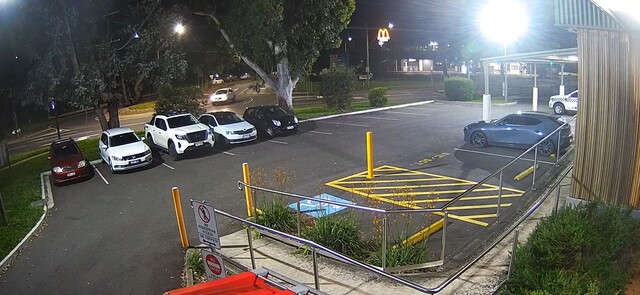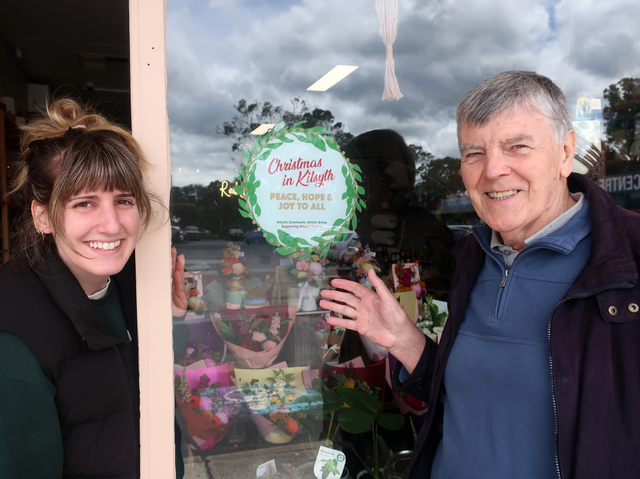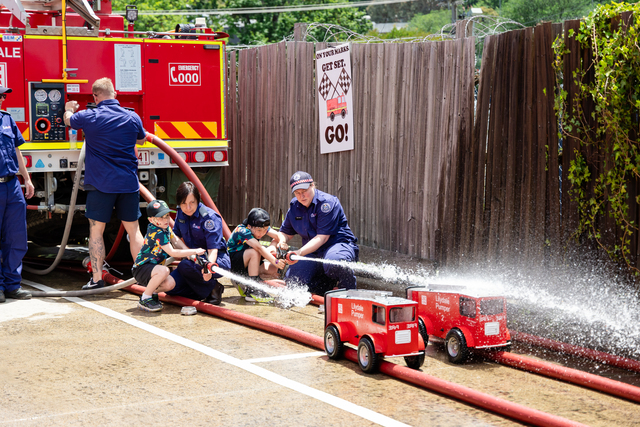New research from the University of Tasmania’s Fire Centre has highlighted how the most catastrophic wildfires are occurring more frequently, with 43 per cent of the world’s worst recorded in just the past decade.
The study examined fires that killed 10 or more people or ranked among the top 200 for economic impact relative to the country’s wealth over 44 years and found that the most economically damaging fires have increased by four times since 1980, while fires causing 10 or more deaths have tripled in the same timeframe.
Lead author Dr Calum Cunningham said it’s deeply concerning that we’re seeing disasters that once seemed exceptional happening with disturbing regularity.
“It’s a problem affecting many regions around the world,beyond the obvious direct impacts of disasters, it’s also having significant economic ramifications on the broader population through to hikes to insurance premiums, and even the collapse of some insurance markets around the world,” he said.
“Australia isn’t alone — we’re part of a global trend of escalating fire disasters,”
“Learning from overseas experiences, whether in California, Greece, or Chile, can help us anticipate what might happen here and adapt before history repeats itself.”
The study found Mediterranean-type forests found in southern Australia, southern Europe, California and Chile as well as temperate conifer forests in places like western North America experience significant fire events at rates far exceeding their land area. All these environments share three traits where researchers found disasters occur: intense daily fire activity, populated areas and valuable infrastructure.
Dr Cunningham said climate change is a major driver of bushfire disasters and inaction compounds the problem year after year.
“But the trajectory isn’t fixed, we can slow and soften the impacts by cutting emissions – every increment of a degree of prevented warming will carry very real benefits to reducing the risk of bushfire disasters, as well as other natural hazards more broadly,” he said.
“Southern Australia remains a very high-risk region, periodically we experience very intense bushfires in areas that people live, there’s no reason the next major fire season couldn’t rival or surpass Black Saturday and Black Summer in scale and cost,”
“But rather than prompting fear, I hope this work highlights the need to prepare long ahead of the fire season by ensuring people have well-prepared properties and well-thought-out fire plans.”
2018 was the worst year for fires covered by the study, coming at a cost of $45.2 billion, five times the 44-year average while half of all events costing more than $43 billion have occurred in the last decade.
Dr Cunningham said it is critically important people living in bushfire prone areas take very seriously the need to prepare properties.
“For example, by ensuring embers cannot get into house vents, that there is no leaf litter under decks, that there is a buffer between the house and nearby vegetation, these all convey real benefits to reducing the risk of a house burning down,” he said.
“It’s also critical for safety that people develop fire plans long ahead of an approaching fire.”
The prevalence of extreme fire danger days is closely tied to the prevalence of significant fires, with half of all the worst fires occurring in the most extreme weather conditions, the worst 0.1 per cent of days that occur only once every three years. Researchers also found these days are becoming more common, with severe fire weather increasing more than twice, atmospheric dryness increasing 2.4 times, and severe droughts increasing 3.4 times since 1980.
Co-author Professor David Bowman said we’re dealing with fires under weather conditions fundamentally more dangerous than previous generations experienced.
“This provides a roadmap for where the next catastrophic disasters are most likely to occur,” he said.
“But climate change has fundamentally altered the game,”
“We need to adapt how we live with fire, not just fight it.”
The devastating impacts forecast by the research team have already started to come to fruition, with the risk model predicting the world’s potentially costliest fires in Los Angeles in January 2025, estimated at $104 billion Australian dollars. Chile’s Valparaíso fires in 2024, which killed 135 people, also hit a region the model identified as extremely high risk.
Dr Cunningham said the research paints a disturbing picture, but the continuation of the trends is not a foregone conclusion.
“We obviously and unambiguously must make urgent progress on limiting climate change, every increment of prevented warming will carry benefits,” he said.
“But we must also pay major attention to proactive, preventative bushfire mitigation at scales ranging from the bushland to our backyards and homes.”







